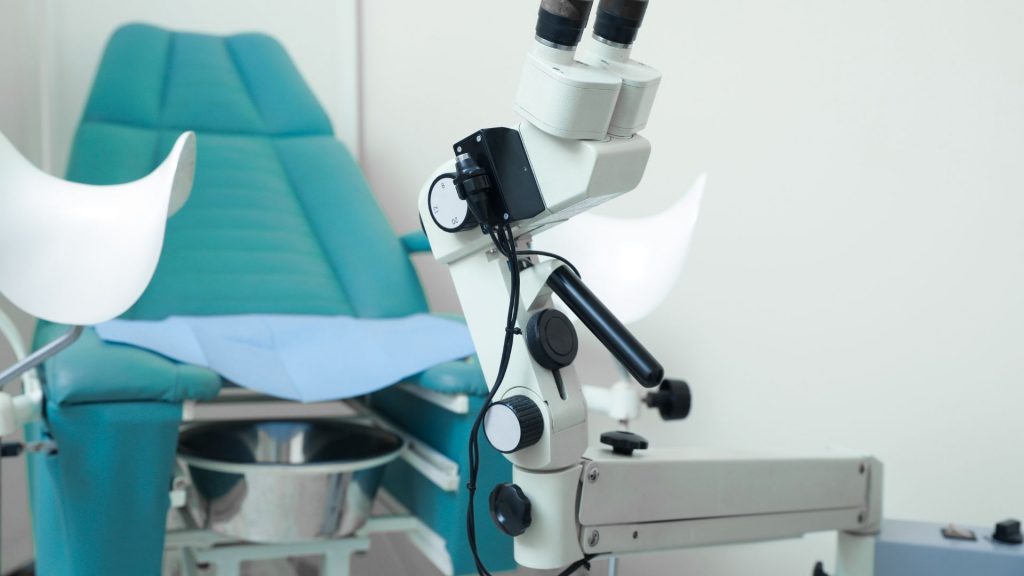Gynecological services address various issues related to the female reproductive organs. The purpose of a gynecological examination is to detect any disorders in the reproductive system or issues in the surrounding areas of the genital organs. Gynecology differs from obstetrics, which focuses on pregnancy and childbirth. Let’s explore the full range of gynecological services!
Understanding Obstetric Specialists and Gynecological Services

Gynecology originates from the Greek words ‘Gyne’ meaning woman and ‘Logia’ meaning science or study. Literally, gynecology is the science of women, referring to the branch of medicine that deals with and studies the health of the female reproductive system.
The Female Reproductive System comprises a series of organs in a woman’s body that play a role in reproduction, including the production of oocytes, hormones, and providing a site for fertilization and fetal development. The components of the female reproductive system include:
- Ovaries: a pair of gonads that produce oocytes and secrete hormones
- Fallopian Tubes (uterine tubes): two ducts that transport oocytes from the ovaries to the uterus
- Uterus (womb): a hollow muscular organ that serves as the site for implantation and fetal development during pregnancy
- Cervix: the lower part of the uterus that connects to the vagina
- Vagina: a fibromuscular canal that extends from the cervix to the external body
- Vulva: the external part of the reproductive system, including the labia majora, labia minora, clitoris, and vaginal orifice
What is Considered Gynecological Services?

Gynecological services are intended for women of all ages who experience issues with their reproductive system. Some gynecological services that a gynecologist can provide include:
1. Routine Examinations and Preventive Care
You don’t need to wait for problems to arise before seeing a gynecologist. Several routine examinations can be conducted as preventive measures against potential future reproductive issues, such as:
- Pap Smear: A test to detect cervical cancer
- Pelvic Examination: To detect inflammation, infections, lumps, or other signs of disease
2. Hysteroscopy Examination or Gynecological Surgery
Hysteroscopy is a gynecological surgical examination used to view and examine the inside of the uterus using an instrument called a hysteroscope. This instrument is a thin tube equipped with a camera and light at the end. This procedure is diagnostic or performed at the start of other medical procedures.
Gynecological hysteroscopy is typically used to detect conditions such as fibroids, fallopian tube blockages, and abnormal growths like endometrial cancer.
3. Sexual Health and Sexually Transmitted Infections (STIs)
This examination is conducted to detect sexually transmitted infections that can affect the patient’s reproductive health. It includes the detection of infections such as chlamydia, gonorrhea, herpes, HIV, and others.
4. Transvaginal Ultrasound (USG-TV) Examination
Transvaginal ultrasound (USG-TV) is an imaging technique that uses high-frequency sound waves to produce clear images of the female reproductive organs, including the uterus, ovaries, fallopian tubes, and cervix. Regular ultrasound may sometimes be inaccurate due to the obstruction of abdominal fat and intestines.
5. Reproductive Health Consultation
This gynecological service is typically sought by patients with fertility issues, hormonal disorders such as Polycystic Ovary Syndrome (PCOS), menstrual pain management, irregular menstruation, and contraceptive and family planning, including birth control pills, IUDs, implants, injections, and other methods.
Essential Tools for Gynecological Services
Gynecological services require various tools to diagnose, examine, and provide medical care related to the female reproductive system. Here are the essential tools for gynecological services:
- Speculum: An instrument used to open and separate the vaginal walls, allowing the physician to view the cervix and perform a pelvic examination.
- Hysteroscope: A thin, tube-shaped instrument equipped with a camera and light at its end.
- Transvaginal and Abdominal Ultrasound Transducer: Devices used to produce images of the reproductive organs via high-frequency sound waves.
- Colposcope: A lighted microscope used to examine the cervix, vagina, and vulva in greater detail, especially when Pap smear results indicate abnormalities.
- Cervical Dilator: An instrument used to widen the cervix to facilitate procedures such as IUD insertion.
- Special Gynecological Examination Table: An examination table or bed specifically designed for gynecological exams, equipped with stirrups or footrests, a waste tray, and an IV pole.
Get a Gynecological Examination Table According to the Ministry of Health’s Recommendation

To maximize Maternal and Child Health (KIA) and Family Planning (KB) examinations, health centers (Puskesmas) need to fulfill the requirements of KIA and KB examination sets. PT. SOLO ABADI INDONESIA fully supports the government’s policy to reduce maternal and child mortality as well as stunting in Indonesia.
We have been entrusted by the Ministry of Health of the Republic of Indonesia (KEMENKES RI) to deliver thousands of packages to over 1000 Integrated Health Service Posts (Posyandu) in Indonesia. We provide the most comprehensive set of KIA and KB examination instruments in Indonesia, standardized by KEMENKES, which you can access through our E-CATALOG!
Contact our admin via WhatsApp at 6285100888111. Follow updates on the Solo Abadi website, www.soloabadi.com, for information on stunting.






